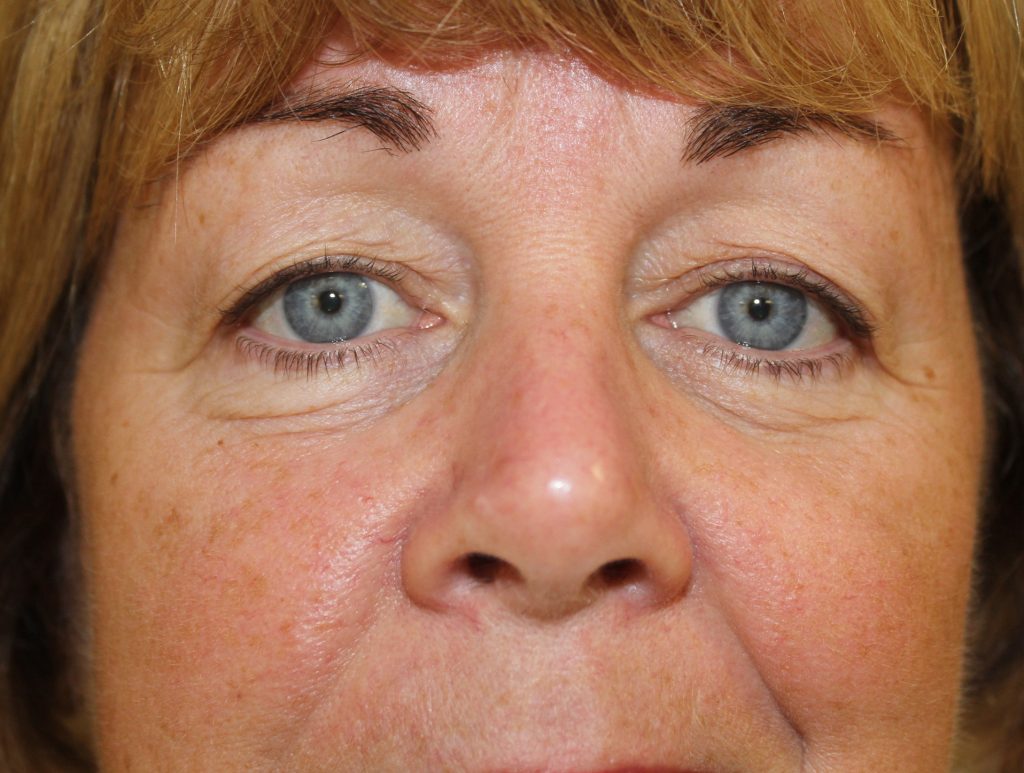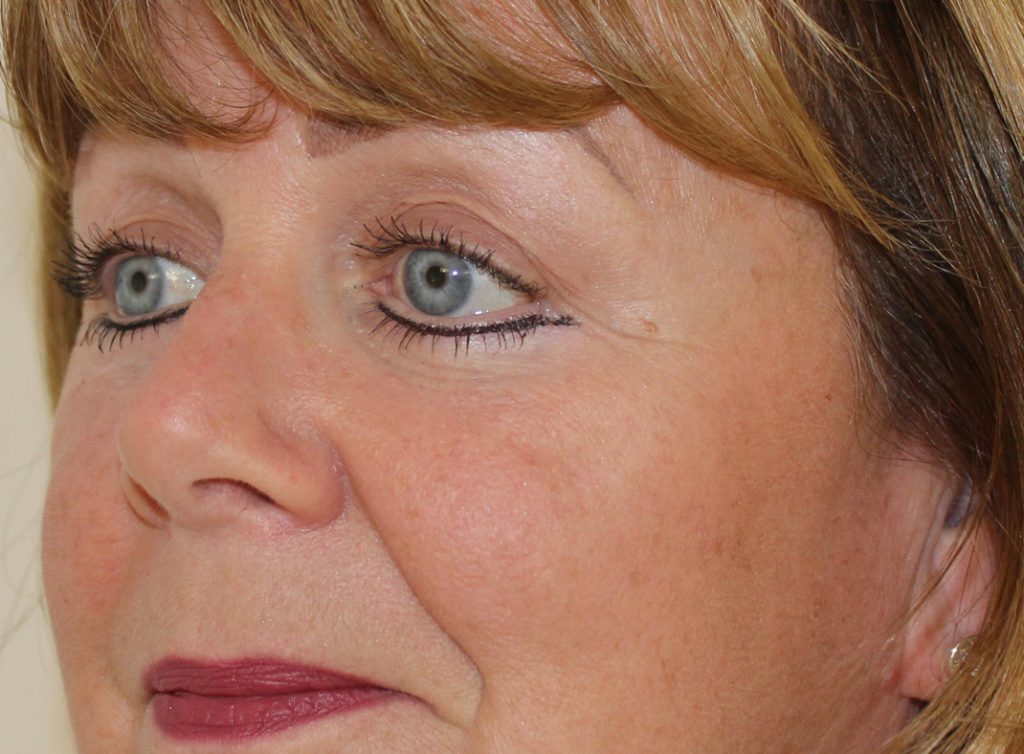Blepharoplasty
Blepharoplasty is a form of eye surgery that helps to repair the appearance of droopy eyelids. This will involve removing excess skin, fat or muscle in the eyelids.
What Is Surgery Involving Droopy Eye Lids?
In order to improve the appearance of droopy eyelids, patients tend to go through blepharoplasty surgery. Over time, as you age, skin can begin to sag because the muscles that help to support your eyelids become weaker and fat can form above the eyelid. This can cause your peripheral vision to be impaired. Bags underneath your eyes can also form making your eyes appear tired and aged.
Case Studies
Blepharoplasty surgery will involve removing this excess skin, fat and muscles around your eyes to reduce the vision problems you may have and allow your eyes to look younger.
How To Prepare For Blepharoplasty Surgery
Before you go ahead with the surgery, you will be brought in for a consultation to ensure that the surgical procedure is correct for you. Here, discussions will be around your general health and expectations about the surgery and from our side, we’ll also go through pros and cons of the surgery and what you’d expect. In order for it to go well, you need to be as honest as possible to us when you answer the questions in your consultation.
We’ll have to conduct tests that are relative to the eyelid surgery to help us determine how much skin and tissue needs to be removed from the area as well as gather any other supporting information that will be required for the procedure. There are also some precautions that you’ll have to take so that the surgery can go smoothly:
– If you’re a smoker, quite around 6 weeks before the surgery as it will affect your healing after the eyelid surgery
– Ensure arrangements are made to pick you up from the hospital/surgery
– Herbal supplements and medication should not be taken prior to blepharoplasty surgery
What Happens During The Eyelid Surgery?
This will be dependent on whether you’re having surgery on the upper eyelid or the lower eyelid. If both eyelids are being worked on, the surgeon will normally start on the upper eyelid. An incision is made on the crease of the eyelid and it’s here where the excess fat and tissue will be removed from the eyelid. Once the required fat is removed, the eyelid is then closed.
In the lower eyelid, a cut is made just below the eyelashes or inside the lower part of the eyelid, depending on how much tissue needs to be removed and if easier access can be made.
After The Procedure
After the blepharoplasty surgery, you’ll be sent to the ward where you can rest and take the time to recover. It’s likely you’ll be able to leave for home that same day too. You may feel some of the following after the surgery:
– Sensitivity near your eyes
– Numbness
– Discomfort
– Eyes watering
– Swelling and bruising
It’s important that you take the time to rest whilst you’re in the ward and if you do feel any discomfort after the surgery, anaesthesia can be provided to help with the pain.
Aftercare For Eyelid Surgery
After you’ve had the surgery for your droopy eyelids, there are several steps that you can take to ensure that you gain the correct results. The majority of these will be discussed during your consultation as your health and care is most important to us. Some aftercare guidelines include:
– Apply ice packs to your eyes at regular intervals
– Avoid strenuous activities for about a week
– Avoid smoking
– Try not to use contact lenses
– Protect the skin in your eyes by wearing dark tinted glasses
– Avoid medication that may increase the chances of bleeding
Results After The Surgery
After the surgery, you should expect to be satisfied with the results that will have you looking more youthful. The majority of patients tend to have lifetime lasting results, but for others, drooping eyelids can reoccur.
Bruising and swelling will be felt for around 2 weeks after the surgery but this will gradually reduce after this period. Scars can take several months to fade and the recovery period for upper eyelid blepharoplasty and lower eyelid blepharoplasty can depend on different factors.










